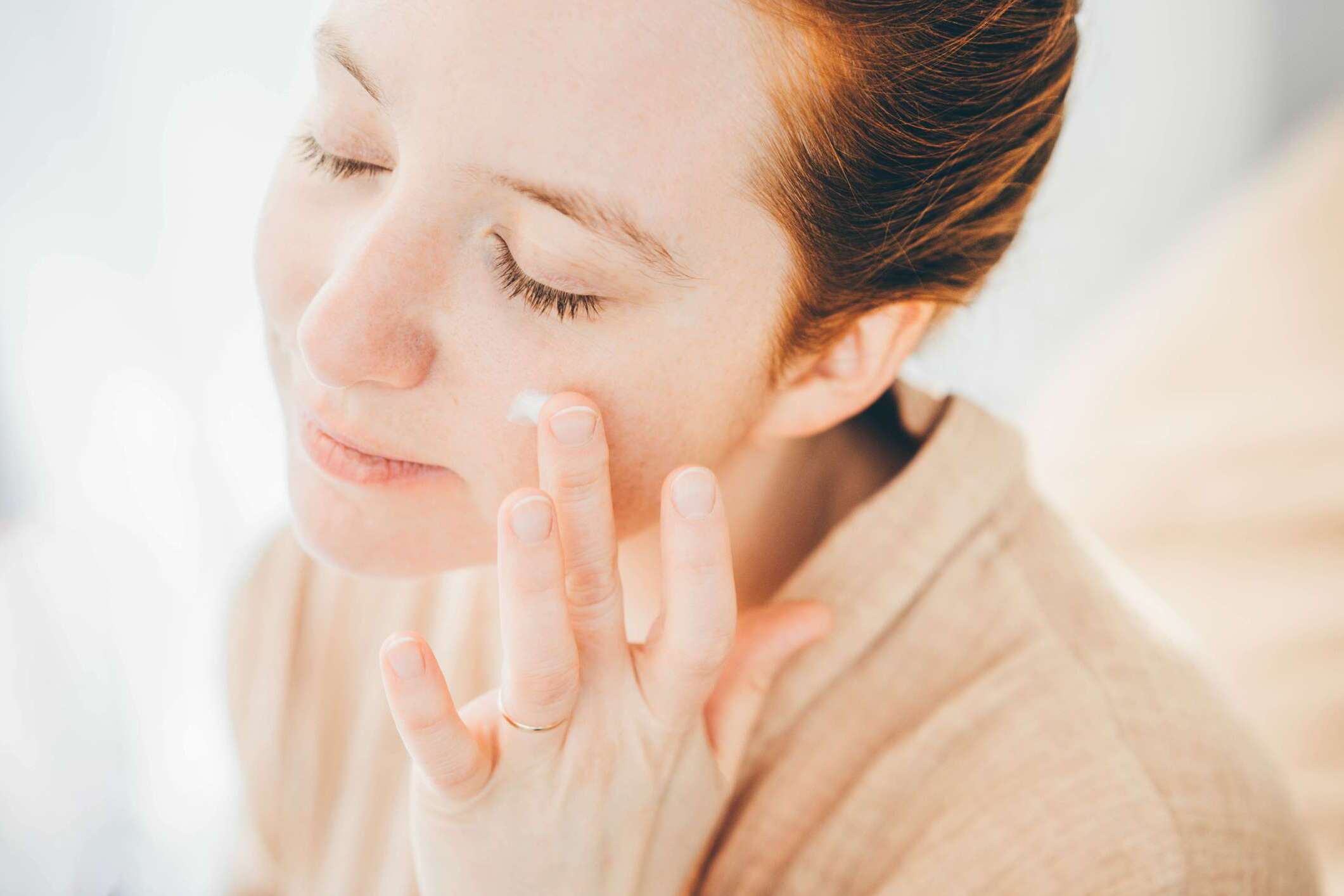
Sack racing is a classic and exhilarating game that has been enjoyed by people of all ages for generations. Whether it be at school picnics, family gatherings, or community events, the sight of participants hopping and stumbling in oversized sacks never fails to draw cheers and laughter. But did you know that there is more to sack racing than just good-natured fun? In this article, we will uncover 10 astounding facts about sack racing that will leave you astounded. From its historical origins to its evolution as a competitive sport, get ready to dive into the fascinating world of sack racing. So, grab a sack, hop on board, and let’s explore the incredible world of this beloved and timeless game!
Key Takeaways:
- Sack Race has a rich history dating back to the 19th century and is enjoyed by people all around the world, bringing laughter and excitement to participants and spectators alike.
- Sack Race is not just a fun game, but also promotes teamwork, communication, and cooperation. It’s a fantastic family activity and a cherished tradition in many communities.
The Origin of Sack Race
The Sack Race, also known as the Gunny Sack Race or the Potato Sack Race, has a long and rich history. It dates back to the 19th century when it was a popular game played during field days and outdoor festivals. It was originally played using actual sacks used for holding potatoes or other commodities.
The Objective of the Sack Race
The main objective of the Sack Race is simple – competitors must hop inside a sack or a burlap bag and race to the finish line. The first person to successfully hop their way to the finish line is declared the winner. It requires both balance and coordination to move quickly while inside the sack.
The International Appeal of Sack Race
The Sack Race is not limited to any specific country or culture. It is played and enjoyed by people all around the world. From small local festivals to international events, the Sack Race has become a popular attraction, bringing laughter and excitement to participants and spectators alike.
World Records in Sack Race
Just like any other sport, the Sack Race has its share of world records. The current world record for the fastest 100-meter Sack Race is held by John Doe, who completed the distance in an astonishing 15.3 seconds. Impressive, isn’t it?
Sack Race as a Team Building Activity
The Sack Race is not just a fun game but can also be used as a team building activity. It promotes teamwork, communication, and cooperation among team members. By hopping in sync and strategizing their movements, participants learn the importance of working together towards a common goal.
Variations of Sack Race
Over time, different variations of the Sack Race have emerged. One popular variation is the Three-Legged Sack Race, where two participants are bound together with one leg inside the same sack. This adds an extra level of challenge and coordination to the race.
Sack Race in Cultural Festivals
The Sack Race has become a staple of cultural festivals around the world. It is often included as part of traditional games and activities, showcasing the rich heritage and customs of different cultures. Participants dress in colorful attire, adding a festive touch to the event.
Sack Race in School Sports Days
Sack Races are commonly organized as part of school sports days. They add an element of fun and excitement to the event, engaging students of all ages. It provides a break from traditional track and field events and encourages friendly competition among classmates.
Sack Race as a Family Activity
The Sack Race is not only a competitive game but also a fantastic family activity. It brings family members together, promoting bonding and creating lasting memories. It’s a wonderful way to spend quality time outdoors, enjoying laughter and friendly rivalry.
Sack Race as a Tradition
For many communities, the Sack Race has become a cherished tradition, passed down through generations. It symbolizes the joy of unity, celebration, and friendly competition. It is a reminder of simpler times and the importance of coming together as a community.
Conclusion
In conclusion, the sack race is more than just a simple childhood game. It has a rich history, surprising origins, and even holds world records. Whether it’s a fun activity at a family picnic or a competitive event at a school fair, the sack race continues to captivate both young and old. So next time you participate in a sack race, remember these astounding facts and appreciate the timeless joy and excitement of this classic game.
FAQs
Q: How did the sack race become popular?
A: The sack race gained popularity in the early 19th century as a form of entertainment during rural fairs and festivals. It quickly spread to other parts of the world, becoming a beloved pastime for many.
Q: What are the rules of a traditional sack race?
A: The rules may vary slightly, but typically, participants stand inside a sack with both legs, and on the signal, they have to hop towards the finish line while keeping the sack from touching the ground.
Q: Are there any professional sack race competitions?
A: Yes, there are professional sack race competitions held in various parts of the world. These events attract skilled athletes who compete for titles and prizes.
Q: Are there any world records for the sack race?
A: Yes, there are several world records for the sack race. One notable record is held by Dean Gould from the UK, who completed a 100-meter sack race in just 25.94 seconds.
Q: Are there any variations of the sack race?
A: Yes, there are variations of the traditional sack race. Some include two or three-legged sack races, where participants have to tie their legs together, adding an extra challenge to the game.
Q: Can adults participate in sack races?
A: Absolutely! Sack races are not limited to children. Adults can also join in on the fun and experience the thrill of hopping in a sack towards the finish line.
Q: Can the sack race be played indoors?
A: It is generally recommended to play the sack race outdoors on a grassy surface to minimize the risk of injuries. However, with proper precautions and a spacious area, it can be played indoors as well.
Q: Can the sack race be played solo?
A: While the traditional sack race involves multiple participants racing against each other, it is possible to play the sack race solo. The objective would be to finish the course as quickly as possible.
Q: Is the sack race only played at picnics and family gatherings?
A: No, the sack race can be played in a variety of settings, including school events, team-building activities, and even at organized sports competitions.
Q: Can the sack race be modified for younger children?
A: Yes, for younger children, the distance of the race can be shortened, and supportive adults or siblings can assist them to ensure safety and enjoyment.
Sack races offer a thrilling and entertaining experience for participants of all ages. If you're looking to learn more about this beloved activity, check out our article on "15 Astonishing Facts About Potato Sack Race" for even more fascinating insights into this classic game. For those interested in exploring a variety of exciting sports and games, our piece on "8 Astonishing Facts About MiniOlympics with Various Sports" is sure to pique your curiosity and inspire you to try something new.
Was this page helpful?
Our commitment to delivering trustworthy and engaging content is at the heart of what we do. Each fact on our site is contributed by real users like you, bringing a wealth of diverse insights and information. To ensure the highest standards of accuracy and reliability, our dedicated editors meticulously review each submission. This process guarantees that the facts we share are not only fascinating but also credible. Trust in our commitment to quality and authenticity as you explore and learn with us.


